
The International Labour Organisation (ILO) and its Global Accelerator Lab (GALAB) Project has organised a review meeting to include child and force labor indicators in the LEAP Management Information System tool intended to reduce poverty in Ghana.
The review meeting brought together officials from the Ghana Child Labour Monitoring System (GCLMS) under the Ministry of Employment and Social Welfare, Ministry of Gender, Children and Social Protection, Ghana Statistical Service, Commission on Human Rights and Administrative Justice (CHARJ), The General Agriculture Workers Union of TUC, Ghana National Household Registry, MIHOSO and SEND Ghana.
It aimed to stimulate inclusive discussions and gather opinions to identify child labour indicators that can be added to the LEAP Program to improving nutrition and basic household consumption for people with severe disabilities, the aged, and children.
National Programme Officer, ILO-GALAB Project, Paul Asamoah Kukwaw explained that child labor exists in a number of sectors in Ghana namely fishing, mining, herding and the agriculture sector.
He mentioned that at Lake Volta in Ghana, one in six children aged 6 to 14 years works throughout the fisheries value chain in abusive conditions, being punished with starvation as well as beatings by their employer.
“Many of these children are victims of forced labor, not allowed to attend school, given inadequate housing and clothing and controlled through intimidation, violence, and limited access to food.
“The project is a four-year project funded by the United States Department of Labor (USDOL) and Bureau for International Labor Affairs and focuses on increasing capacity to address forced and child labor practices by strengthening capacity of national, regional and district-level stakeholders.
“This project is being implemented in partnership with government institution to expand health insurance registration and access, provide livelihood and educational opportunities to targeted vulnerable households and individuals around the Volta Lake” he said.
The Director LEAP Management Secretariat, Dr. Myles Ongoh disclosed that about 1.5 million individuals across the sixteen regions of Ghana are benefiting from the Livelihood Empowerment Against Poverty (LEAP) initiative which is a cash transfer program for extremely poor and vulnerable households.
He mentioned that the bi-monthly cash grant given to beneficiaries to improve basic household consumption has been increased by 100 percent because of by socio-economic challenges that had resulted in price hikes of goods and services.
“This means that one eligible member household would now receive GH¢128.00 instead of GH¢64.00 while two eligible member households would be paid GH¢150.00 instead of GH¢76.00 and three eligible household members would now receive GH¢176.00 instead of the GH¢88.00 adding that a household with four or more eligible household members would receive GH¢212.00 instead of GH¢106.00” he said.

The Case Manager, Social Welfare Information Management System (SWIMS), Abena Dufie Akonu-Atta, explained that poverty is the greatest single force driving children in Ghana into the workplace.
“When families cannot afford to meet their basic needs like food, water, education or health care, they have no choice but to send their children to work to supplement the household income.
“I believe that poverty should be considered as one of the most important causes of child labour as it is linked to other driving factors such as low literacy, lack of decent work opportunities and conflicts.
“That is why we have introduced the Social Welfare Information Management System (SWIMS) an online digital case management system administered by the Ministry of Gender, Children and Social Protection (MoGCSP) to fight child and force labour in Ghana” she said.
Statistician with the Labour Statistics Unit of the Ghana Statistical Service, Anthony Oduro-Denkyirah, mentioned that close to 900,000 children aged 5 to 17 years are engaged in paid employment across the country.
“About 893,000 children are involved in employed work, 72% of them are residing in rural areas, whiles 28% in urban areas.
“It’s time our children are given full access to education, healthcare and protected from exploitative and harmful work” he said.
The post ILO, GCLMS, MoGCSP and partners review LEAP Management Information System tool to embrace child labor appeared first on The Business & Financial Times.
Read Full Story
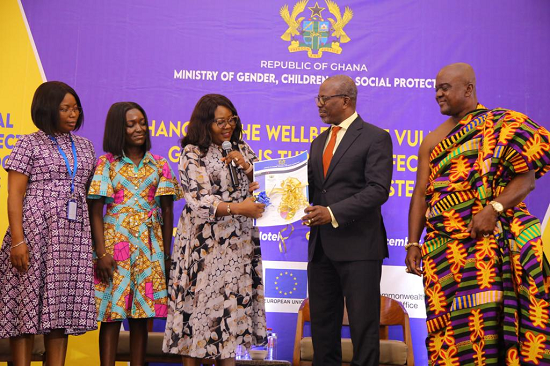


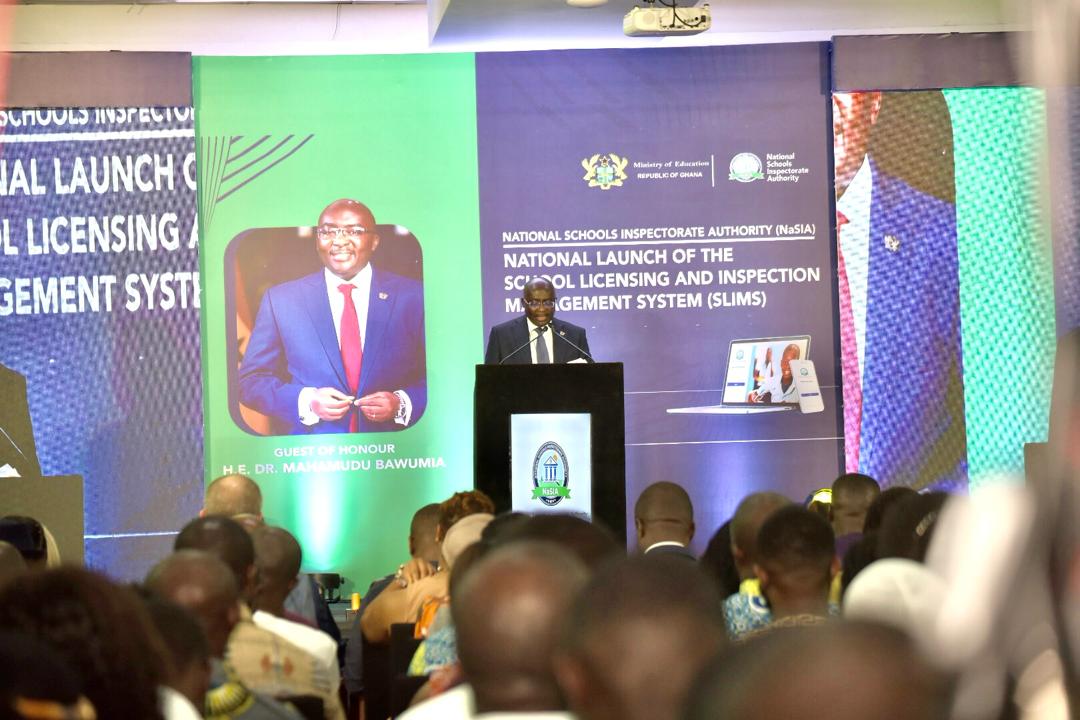






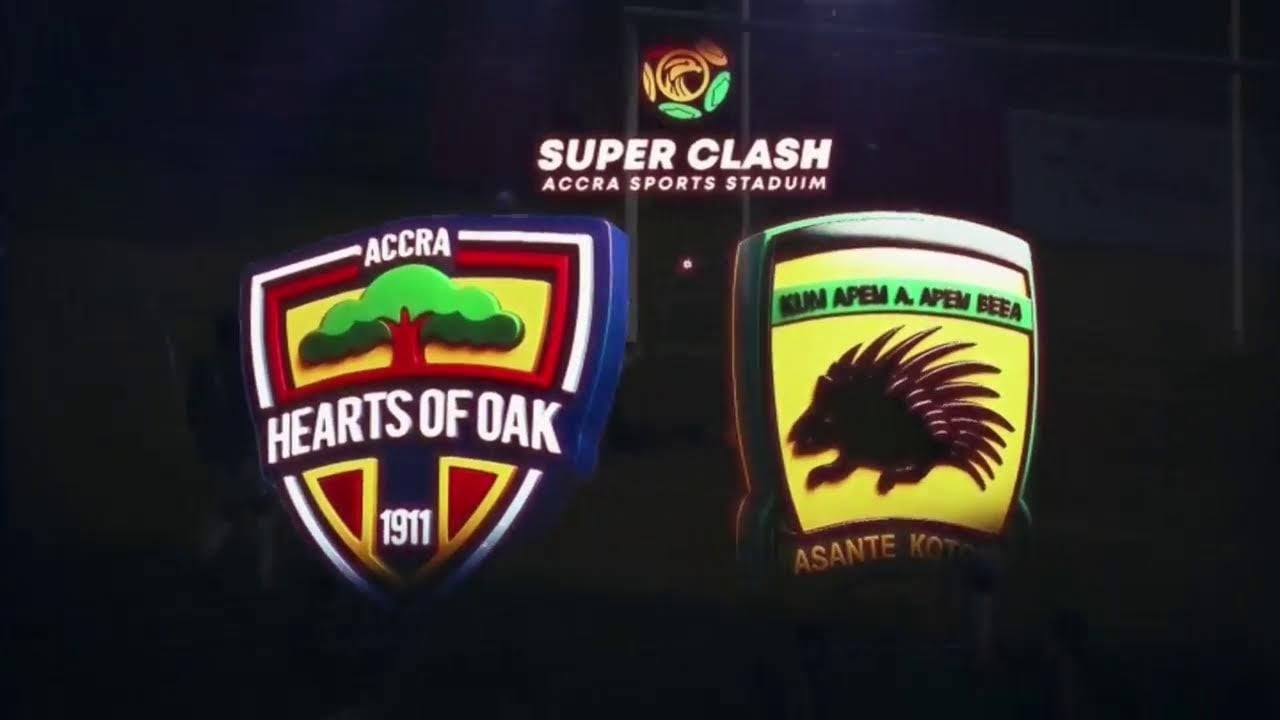


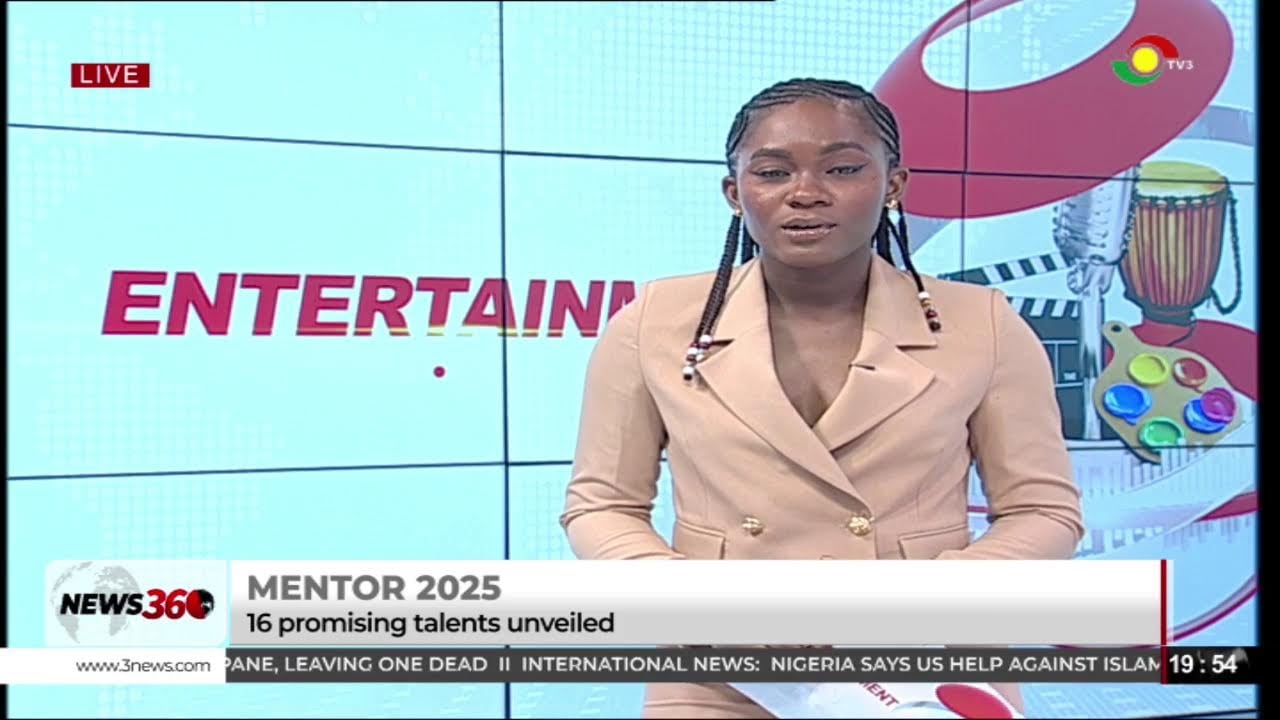

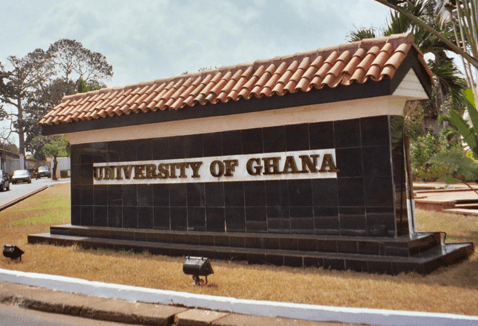





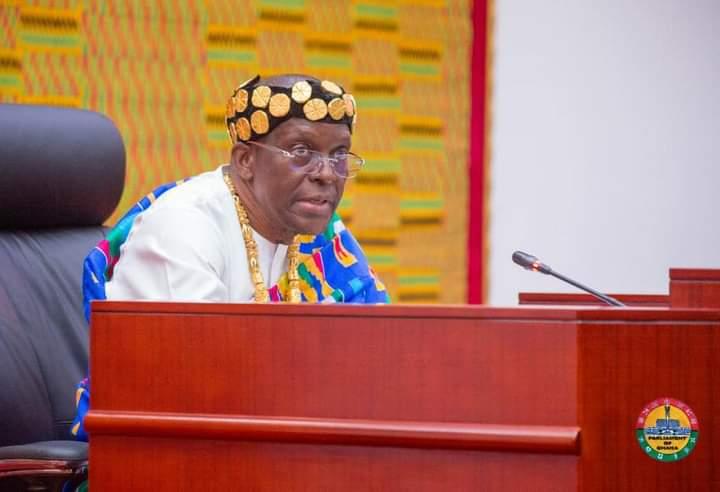
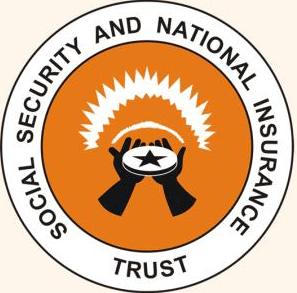


Facebook
Twitter
Pinterest
Instagram
Google+
YouTube
LinkedIn
RSS